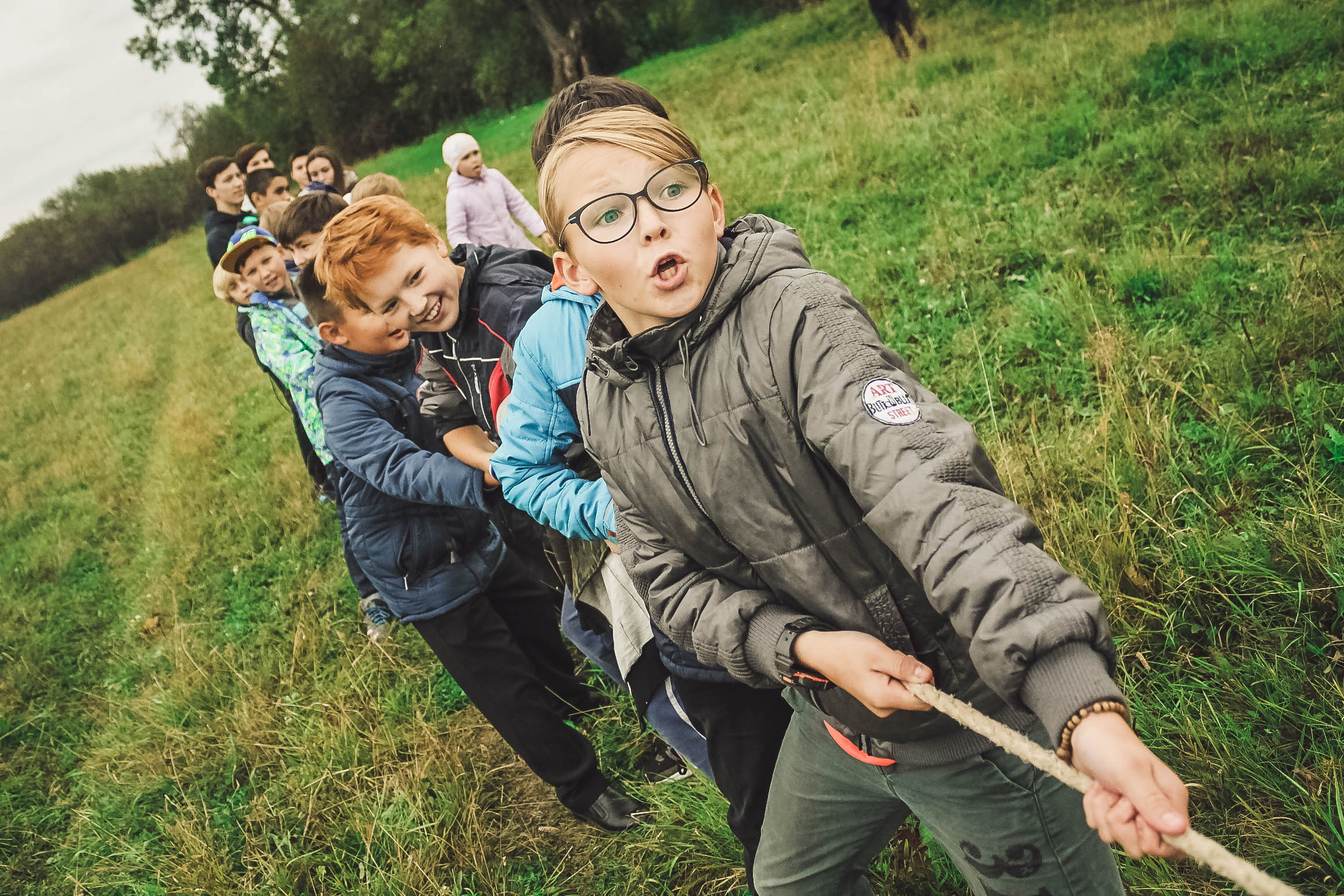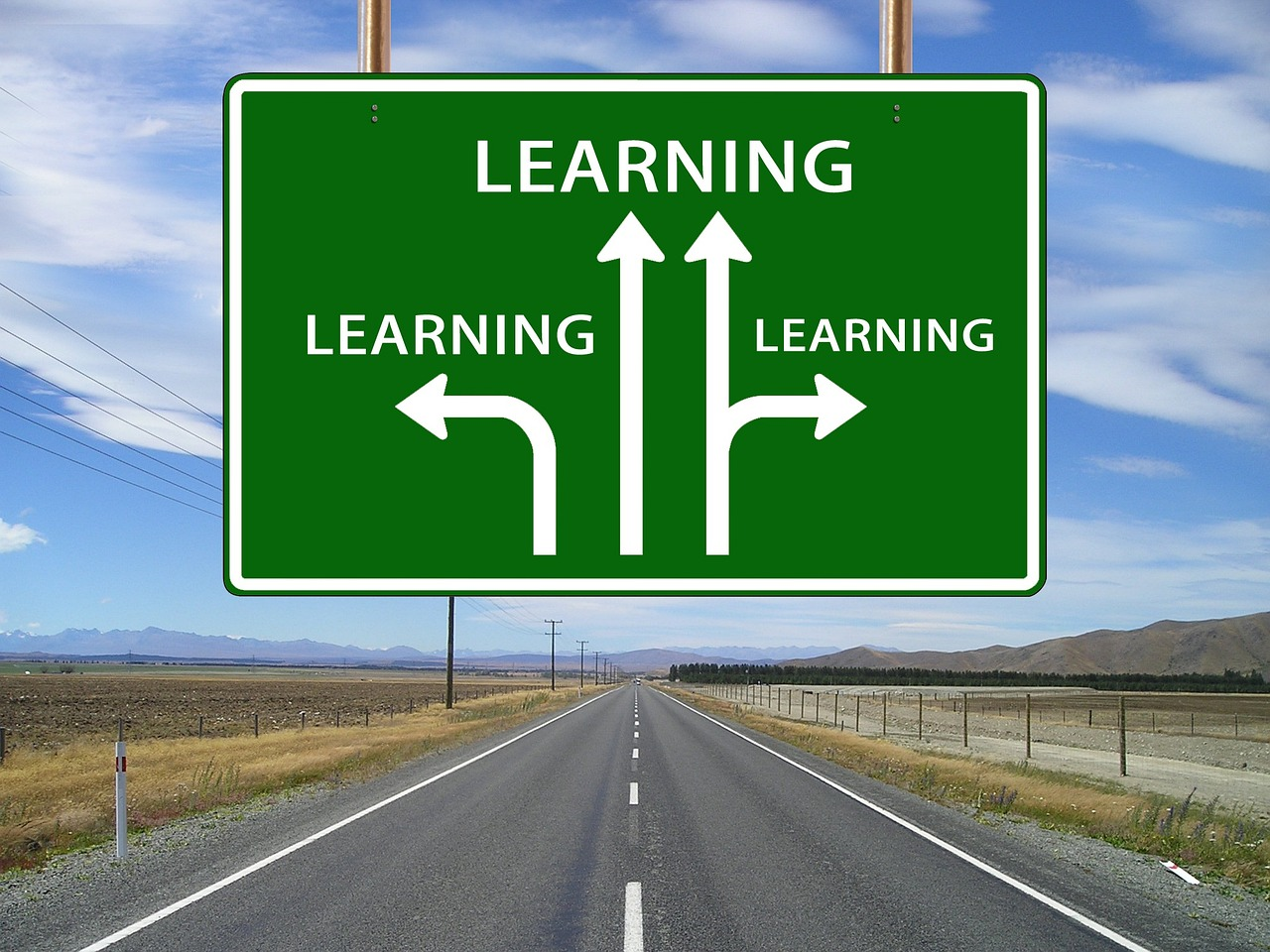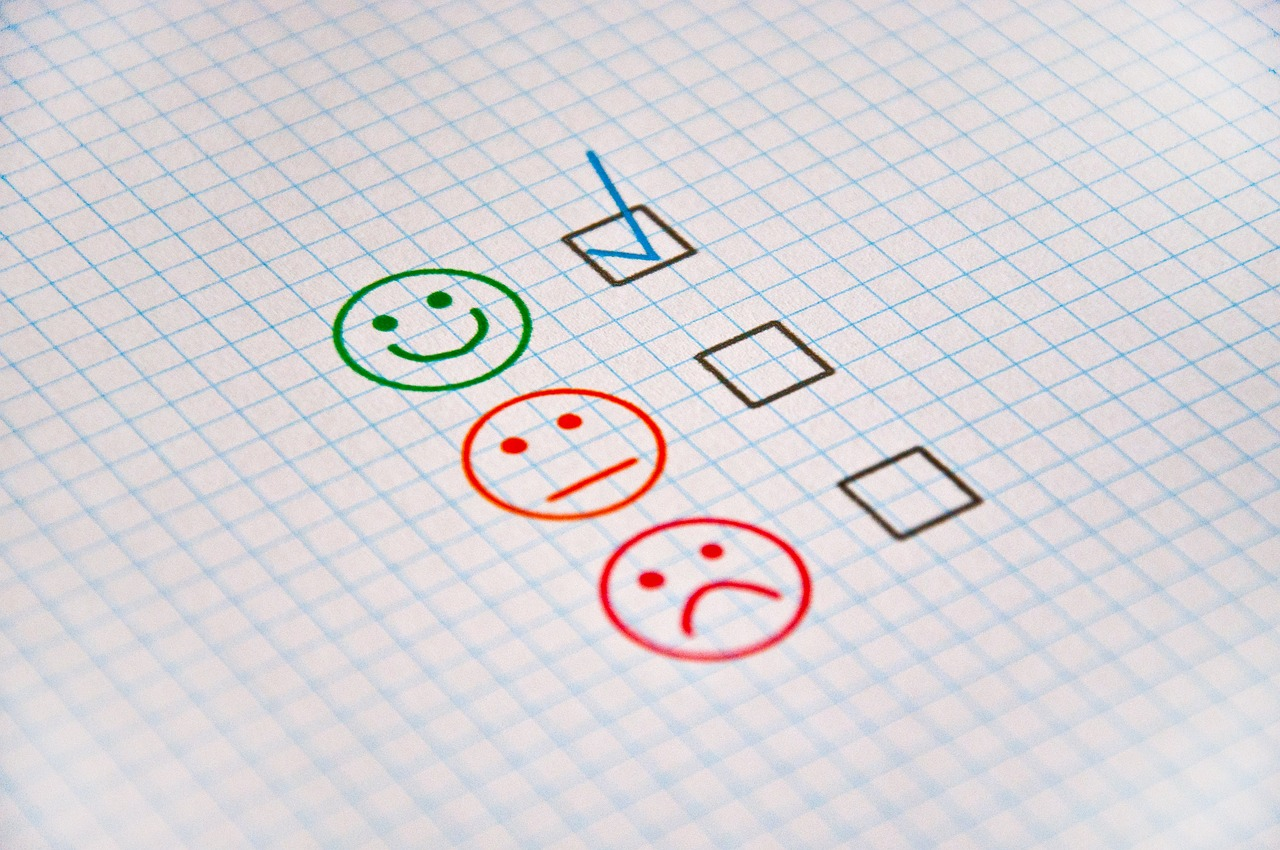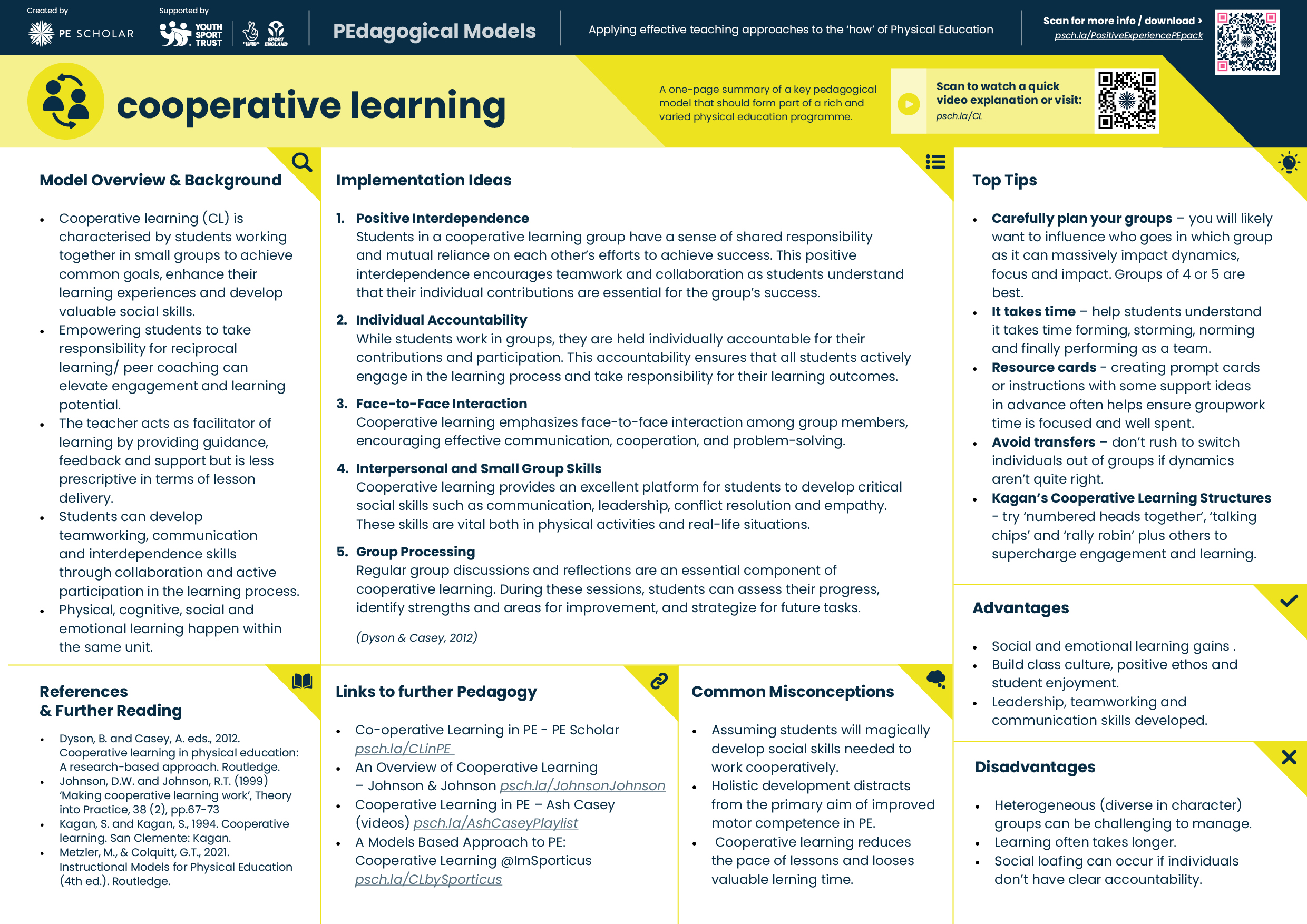
Applying effective teaching approaches to the ‘how’ of Physical Education (PE)
In this series, we present six one-page summaries of key Pedagogical Models that should form part of the diet of rich and varied PE delivery.
Each of these models provides a structured framework to guide the teaching and learning process, enhancing the overall effectiveness of physical education programmes.
The benefits of applying PE pedagogical models
Organised and purposeful lesson plans
Pedagogical models help PE educators create learning material and carefully planned lessons designed to address key learning objectives. They also promote a systematic progression of skills and knowledge to meet intended learning outcomes, facilitating a logical and effective learning journey for students.

Differentiated instruction
Moreover, these models contribute to differentiated instruction, allowing teachers to tailor their approach to meet the diverse needs and abilities of students. By incorporating various and effective teaching strategies and styles, pedagogical models enhance engagement and understanding among students with different learning preferences. Variety is the spice of life and all that!

Incorporation of critical life skills
Additionally, the use of pedagogical models in PE delivery supports the development of critical life skills such as teamwork, communication, creativity and problem-solving. Structured lesson plans enable educators to integrate these skills seamlessly into physical activities, promoting holistic student growth.

Holistic development
It is widely accepted that PE has the potential to develop physical, cognitive, social and affective domains of learning. By using a rich variety of ‘models’ in your practice it can pave the way to move ‘beyond the physical’ to recognise, develop and celebrate wider skill development that is essential to success in PE, in sport, and in life.
Assessment and evaluation
Furthermore, employing pedagogical models assists in the assessment and evaluation of student progress. The models prompt the incorporation of measurable criteria for evaluating individual and collective achievements in PE, aiding in the identification of areas for improvement and adjustment of instructional strategies.

Today’s PEdagogical model: cooperative learning
Cooperative student learning involves students collaboratively working in small groups to achieve shared objectives, fostering enhanced learning experiences, crucial group skills and social skill development. Instead of encouraging competitive or individualistic learning, the model nurtures informal cooperative learning so that group members develop positive interdependence that extends beyond the PE class.
Originating from the emphasis on social learning by American philosopher John Dewey in 1916, the concept gained prominence in the 1960s and 1970s.
The model encourages students to take responsibility for reciprocal learning and peer coaching, which can boost engagement and learning potential. In this approach, the teacher assumes the role of a facilitator, providing guidance and support while allowing flexibility in lesson delivery. Students are typically divided into formal cooperative learning groups of 4 or 5, are assigned specific tasks or activities, which promotes teamwork, communication, and interdependence.
Cooperative learning spans various activities, encompassing team sports, fitness challenges, choreography in gymnastics or dance, and problem-solving games. Integrating physical, cognitive, social, and emotional learning within the same unit makes it a great solution for PE.

Advantages
- Social and emotional learning gains are maximised
- Build class culture, positive ethos and student enjoyment
- Leadership, teamworking and communication skills developed in an inclusive environment
Disadvantages
- Heterogeneous cooperative learning groups can be challenging to manage
- Students’ own learning often takes longer but it is ‘stickier’
- Social loafing can occur if individuals don’t have clear accountability within their group
One-page summary – cooperative learning
Download the attached one-page summary for further information on cooperative learning.
Curriculum development: Why not use it to guide a PE department meeting followed by a period of testing and instructional coaching to help develop your repertoire of approaches to teaching.
It includes a short video available via the QR code to bring it to life along with:
Implementation ideas
Top tips
Common misconceptions
Links to further pedagogy

Coming soon! Next in the series
Look out for the next in our PEdagogical models series:
Games-based approaches
Sport education
Health-based PE (HbPE)
Teaching personal and social responsibility (TPSR)
Previous PEdagogical models in the series
You can also access the previous post and one page summary on
Direct instruction by clicking here
Further information
Read
This insight provides an extended read on the benefits of cooperative learning along with some examples
Research
Adopting a models based practice for physical educators
Book review
Physical education pedagogies for health



Responses